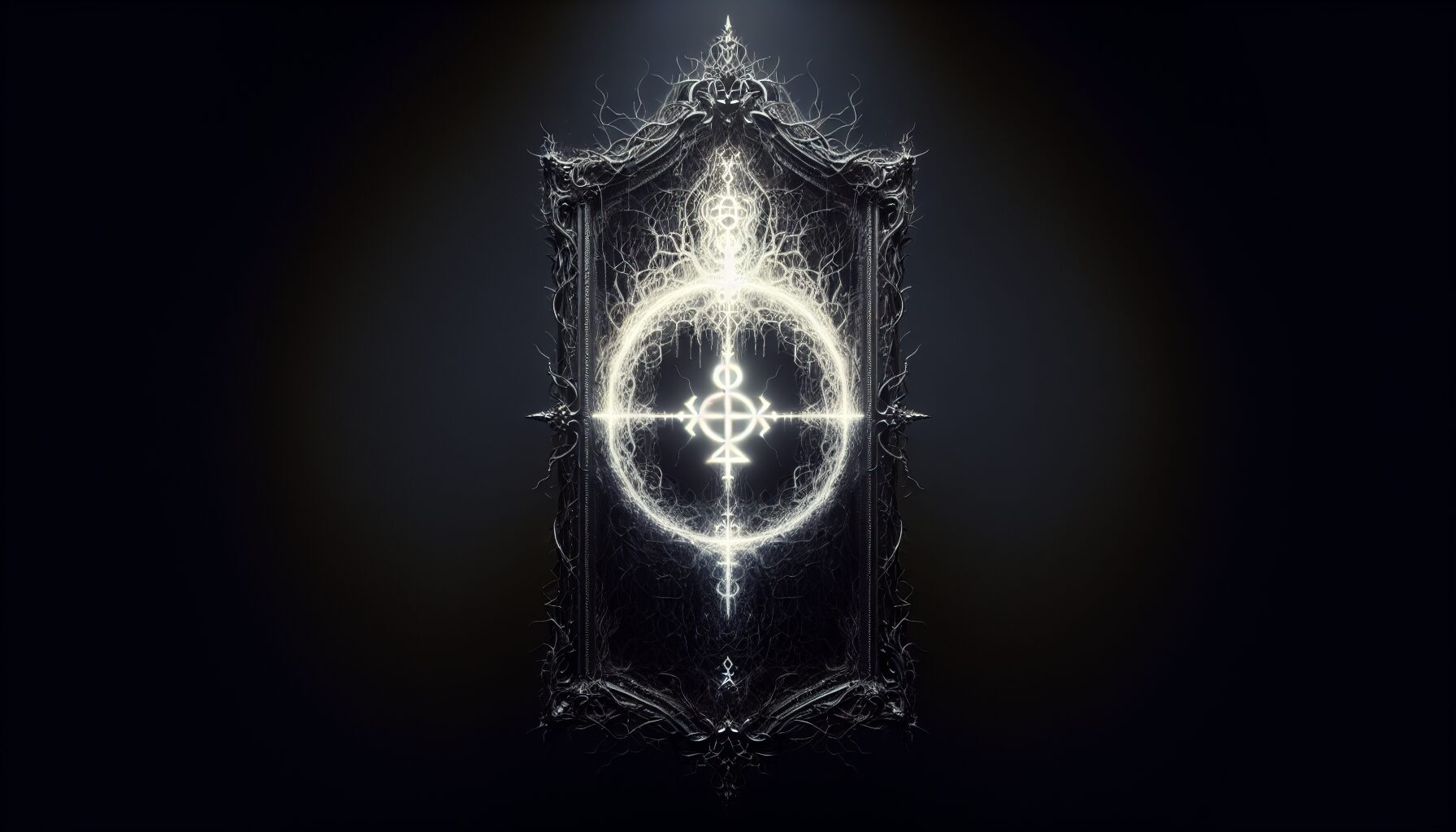In the realms of esotericism and mysticism, the interplay between light and dark transcends the simple dichotomy of good versus evil. These dualities in spiritual and philosophical discourses enrich our understanding of the universe and ourselves, revealing that both light and dark are necessary to comprehend the sacred totality of existence.
The Union of Opposites
The concept of dualism is ancient, stretching back to the yin and yang of Chinese philosophy, which portrays how opposite forces are interconnected and interdependent in the natural world. As noted in the Tao Te Ching, “When people see some things as beautiful, other things become ugly. When people see some things as good, other things become bad.” This suggests that opposites define each other, leading to a harmony that is greater than the sum of its parts.
The Role of Darkness in Spiritual Traditions
- Christianity: Darkness in Christianity is often associated with the absence of God and the presence of sin. However, deeper interpretations suggest that darkness can also symbolize a spiritual void that one must experience to appreciate the light.
- Hinduism: In Hinduism, the goddess Kali, although terrifying in appearance, represents the destruction of evil forces and the protective energy of the divine mother. Here, darkness is also transformative, a necessary phase in the spiritual journey.
- Esoteric Practices: Many esoteric practices view darkness not as a force to be feared but as a realm of potential. The Kabbalistic concept of the “Dark Night of the Soul,” as written about by St. John of the Cross, illustrates the spiritual desolation and trials individuals endure before reaching divine enlightenment.
Light as a Dual-Symbol
Light is typically seen as a positive force, symbolizing truth, clarity, and divine presence. However, its role in duality must not be overlooked. Just as excessive darkness can lead to blindness, excessive light can also be blinding, leading to spiritual arrogance and a false sense of superiority.
“There are two kinds of light – the glow that illumines, and the glare that obscures.” – James Thurber
This dichotomy is reflected in numerous religious texts where light can also signify purification, a process that involves pain and sacrifice, like fire refining gold.
Contemporary Reflections on Light and Dark
Modern interpretations of light and dark dualities continue to evolve, particularly within art and culture. Contemporary authors, filmmakers, and artists explore these themes, depicting characters and narratives that highlight the nuanced interdependence of these forces.
For instance, in J.K. Rowling’s Harry Potter series, the tension between good and evil is heightened by the revelation that characters embody traits of light and dark, suggesting that understanding and embracing both sides is essential to holistic self-awareness. As Sirius Black wisely states in “We’ve all got both light and dark inside us. What matters is the part we choose to act on.”
Psychological Perspectives
Thought leaders in psychology also provide a lens to examine these dualities. Carl Jung’s concept of the shadow self explores the idea that embracing one’s darker aspects leads to self-discovery and wholeness. Jung argued that by acknowledging and integrating these shadow aspects, individuals achieve a more authentic and balanced life.
“One does not become enlightened by imagining figures of light, but by making the darkness conscious.” – Carl Jung
Conclusion: Embracing the Dualities
The intricate dance between light and dark is both a philosophical exploration and a spiritual quest. It is a journey that encourages individuals to transcend superficial understanding and delve deeper into the mysteries of existence. By recognizing and accepting the dualities inherent in all things, one can attain a richer, more nuanced perspective of what it means to live a sacred life.
Ultimately, the integration of these dual forces leads us to a profound realization: the sacred does not reside solely in the light or the dark, but in the equilibrium and harmony achieved through their eternal interplay.
